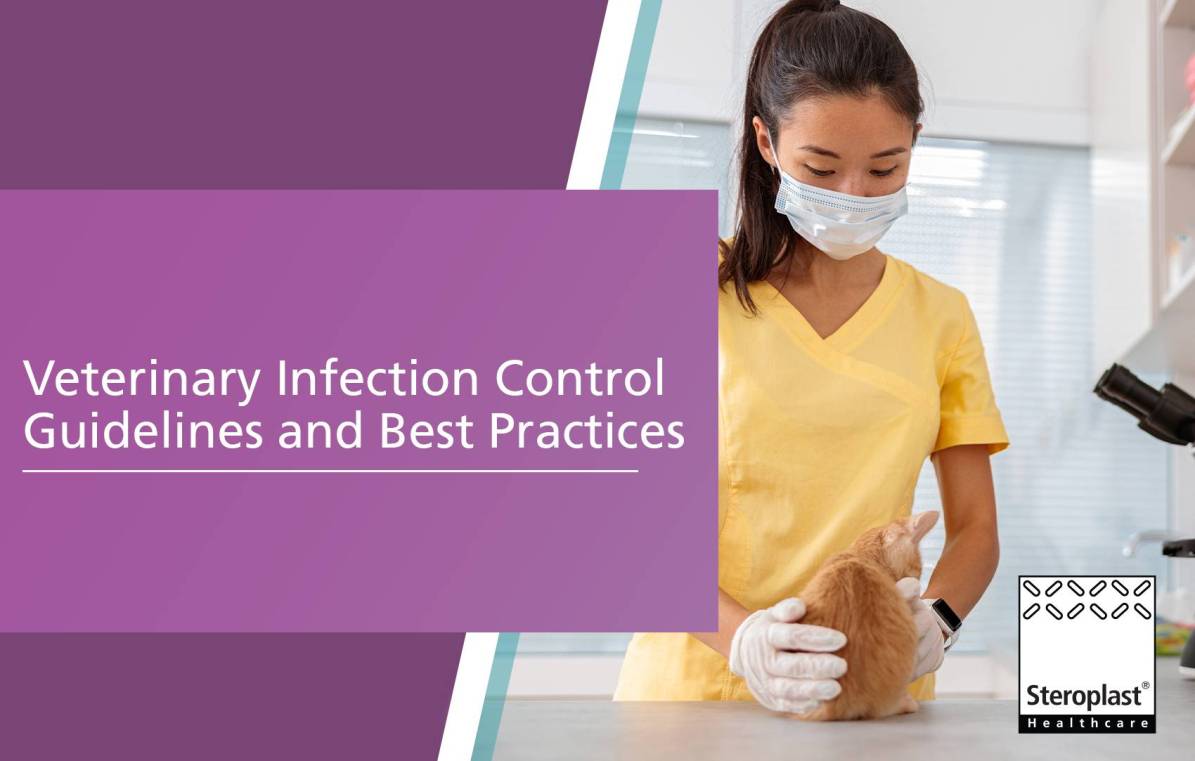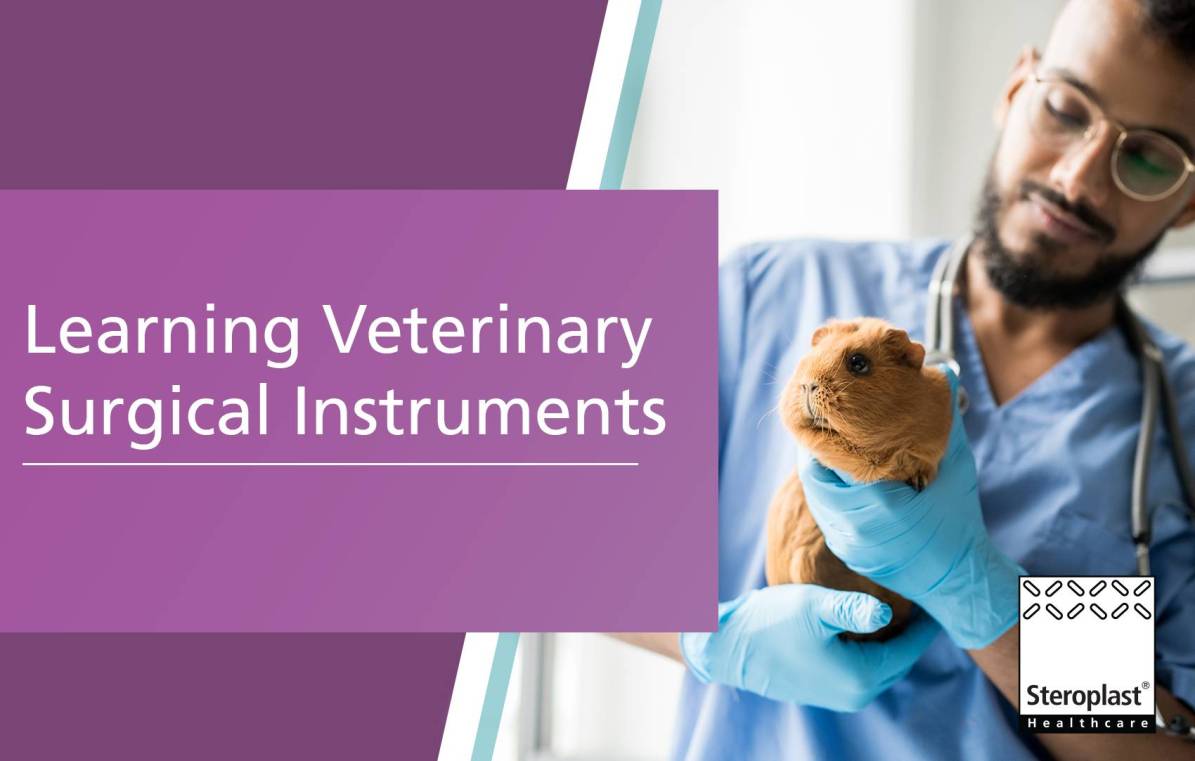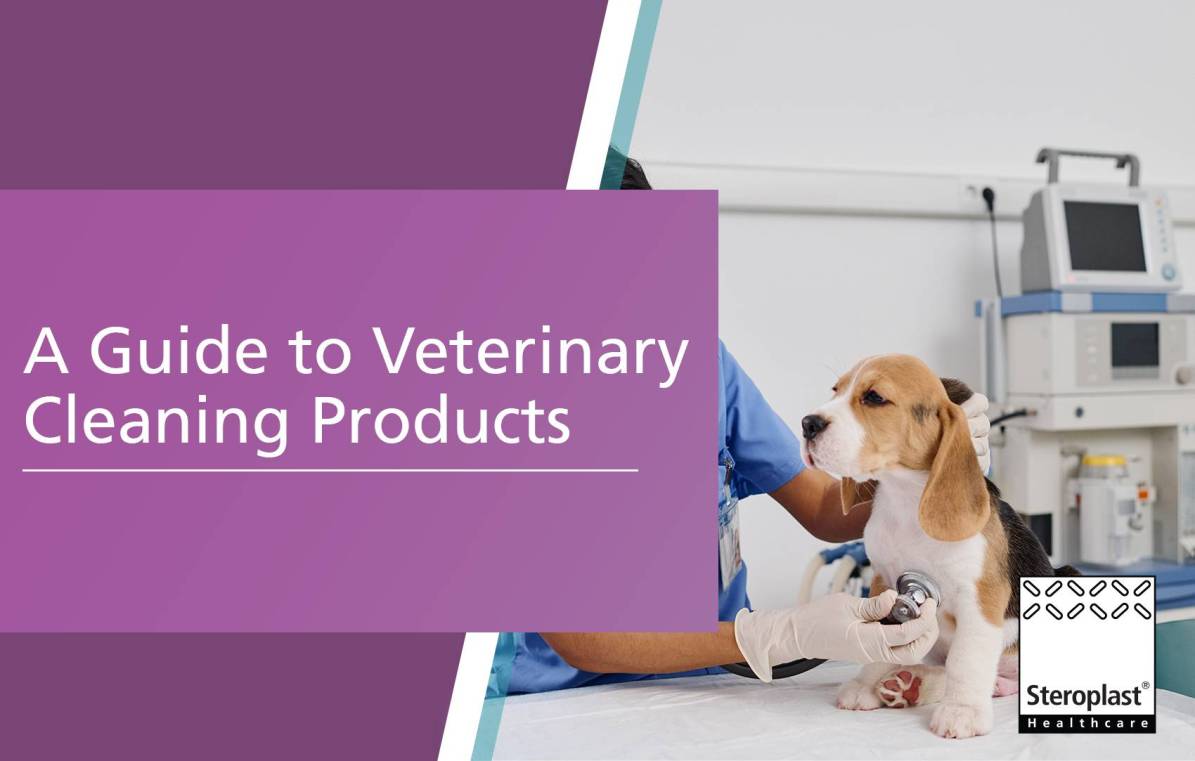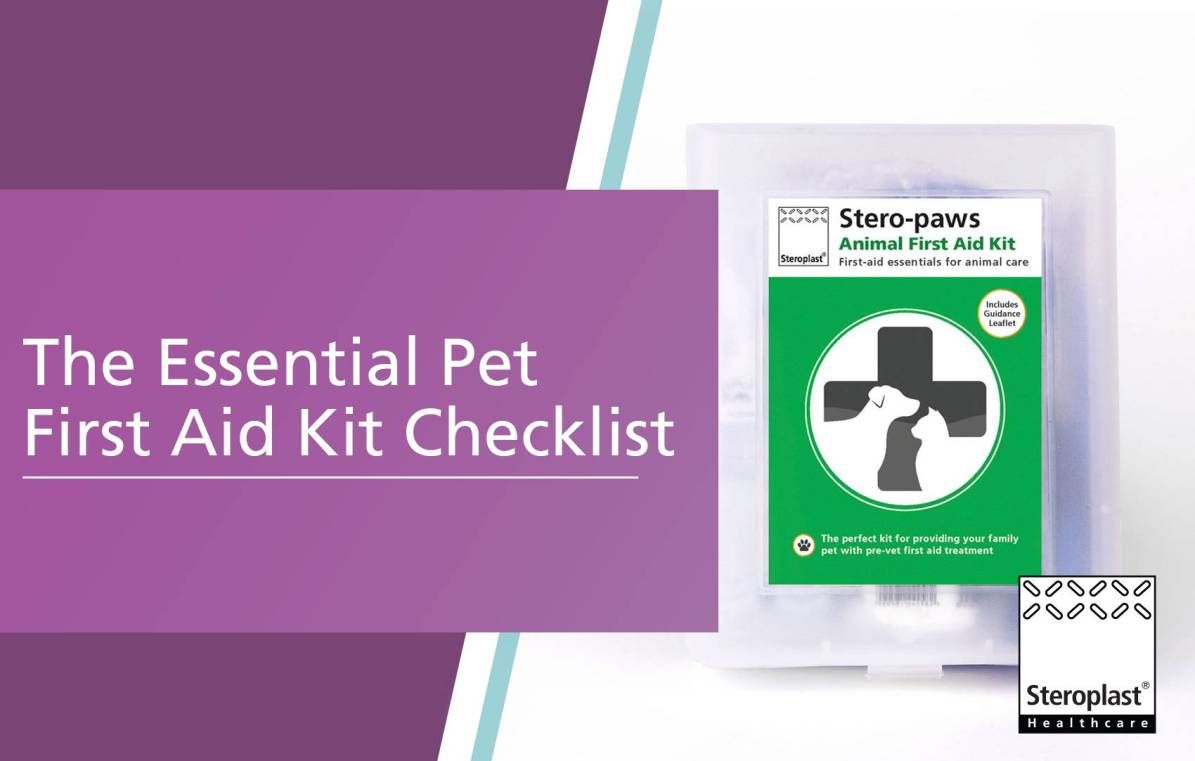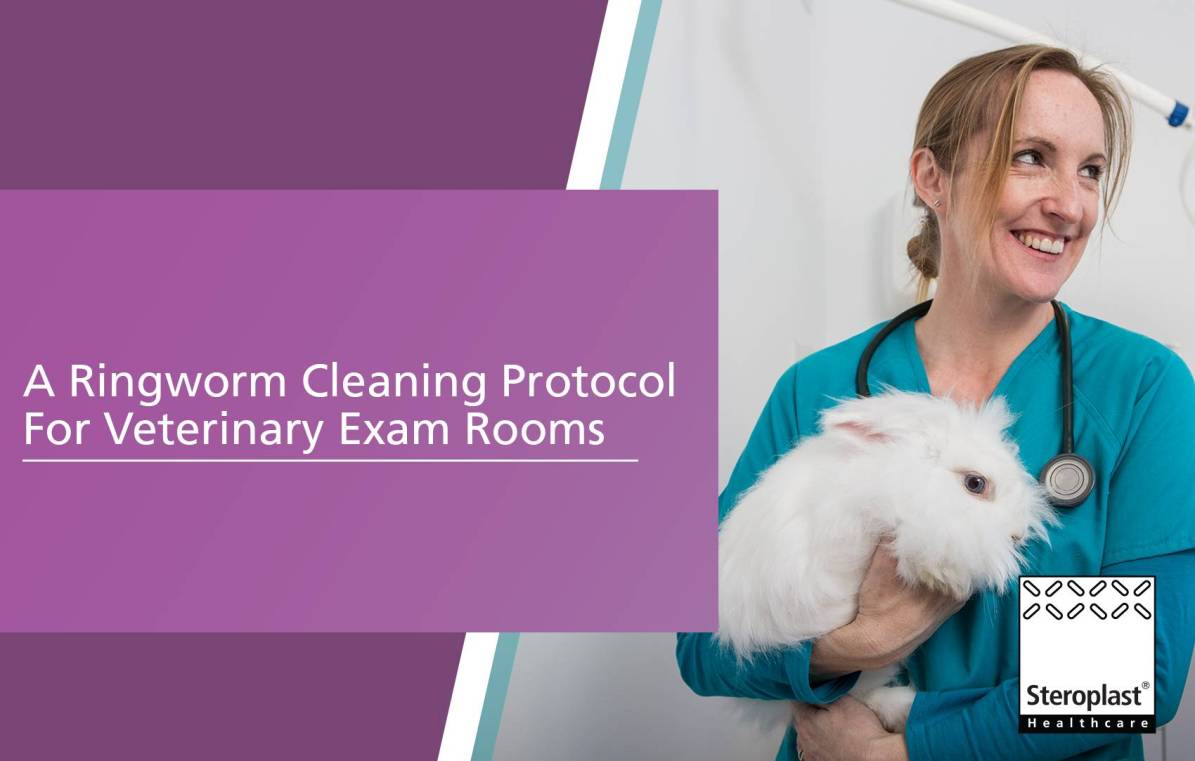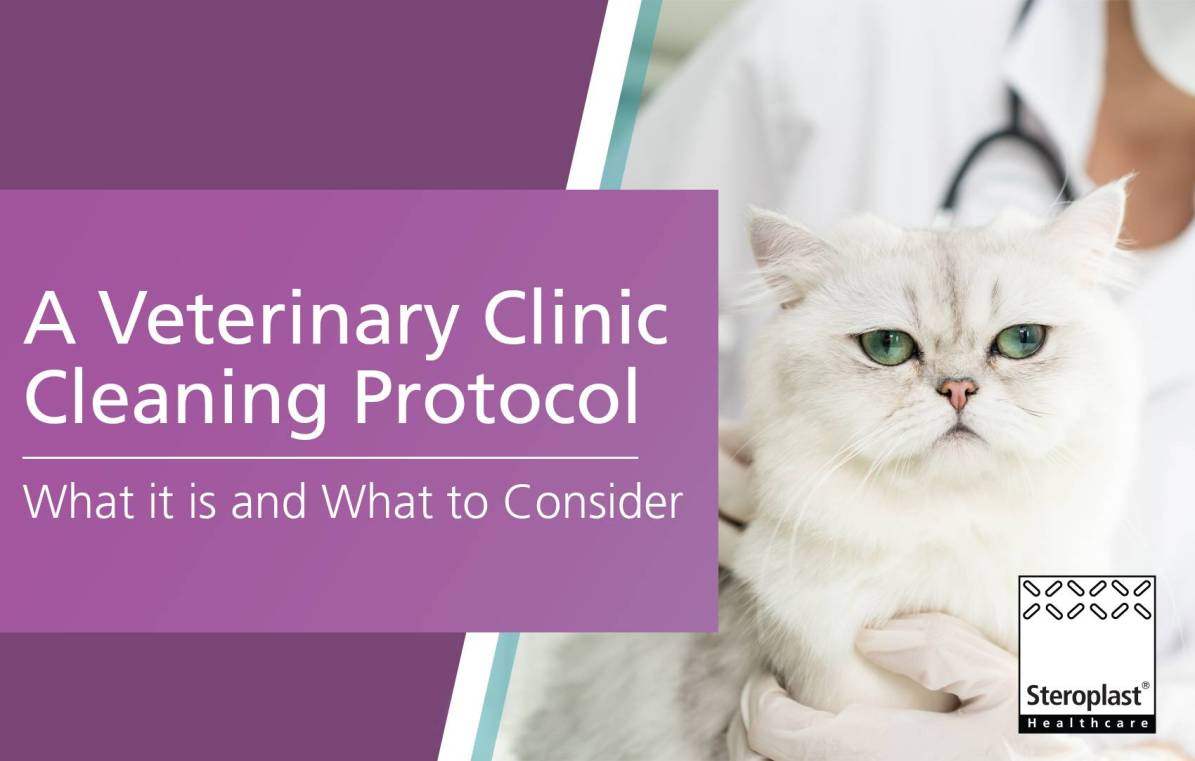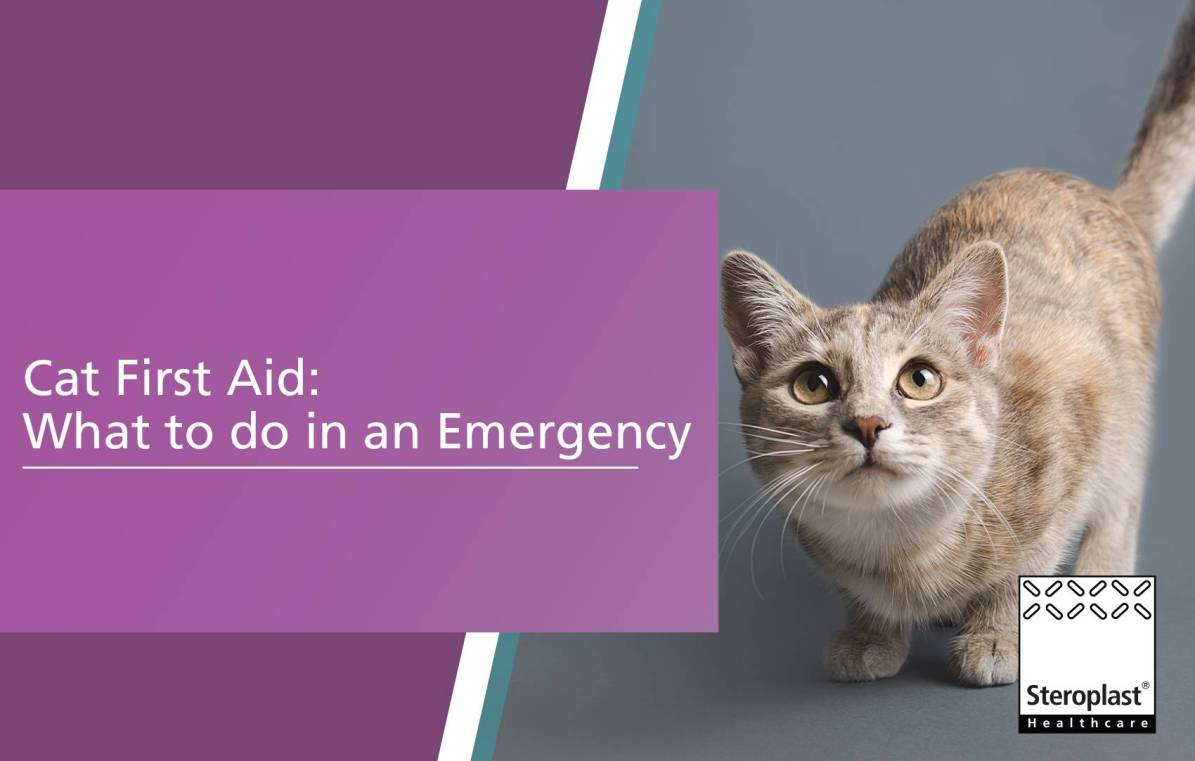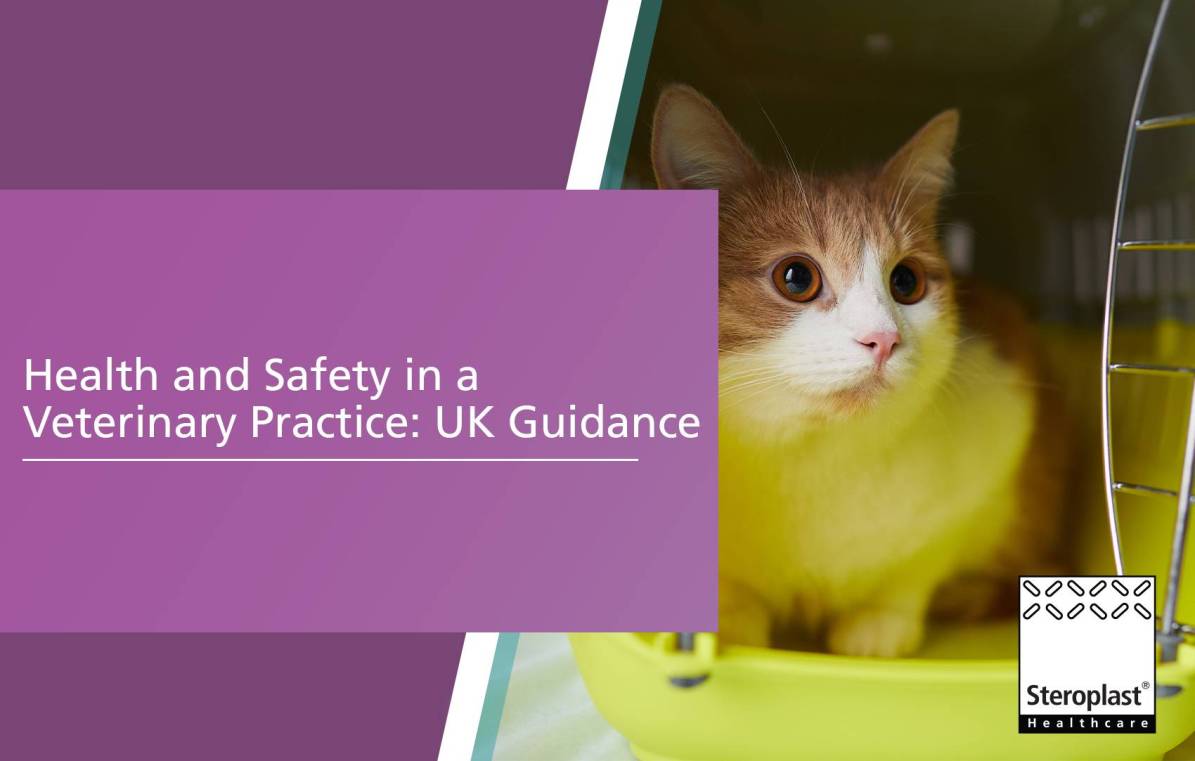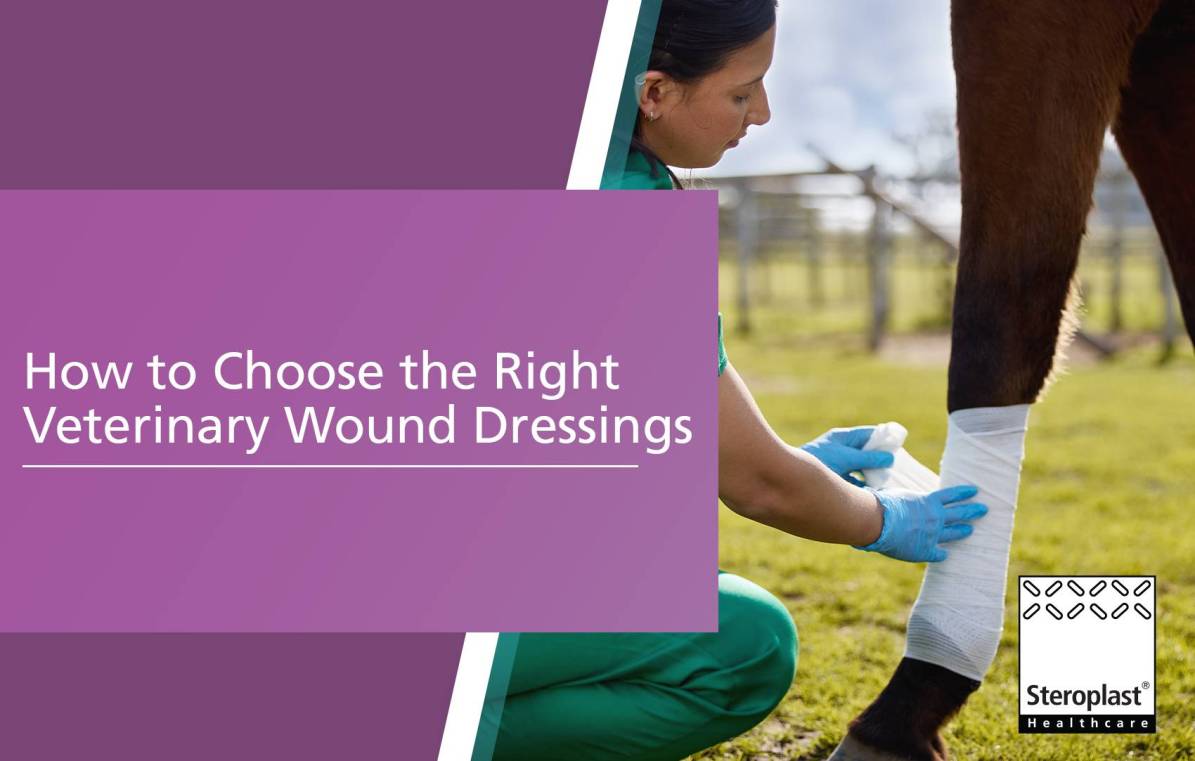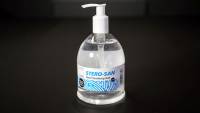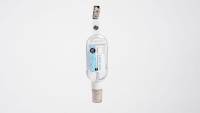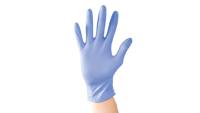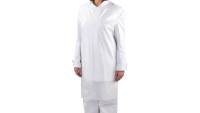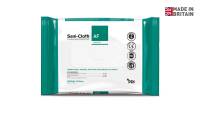Veterinary Infection Control Guidelines and Best Practices
Veterinary Infection Control Guidelines and Best Practices
If you own or run a veterinary clinic it’s critical that your whole team is aware of hygiene and infection control guidelines and best practices to ensure you are meeting the RCVS Practice Standards Scheme criteria. This will help you to demonstrate that you’re taking the right level of responsibility to keep your staff, clients, and patients safe.
The Royal College of Veterinary Surgeons is the UK governing body on best practices in the veterinary sector. Download their extensive audit of infection control best practices for a thorough understanding of what needs to be considered. Here, we’ve covered the basic essentials.
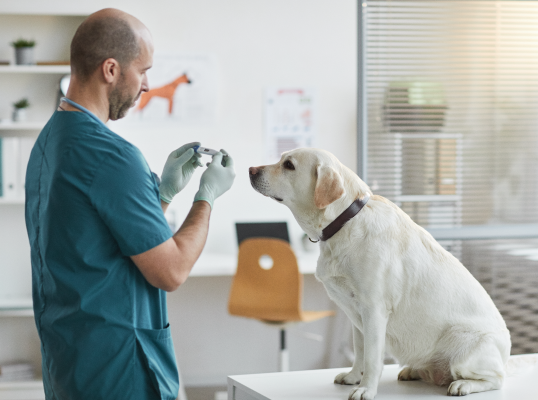
The Goals of Good Hygiene in a Veterinary Clinic
1. To prevent the transmission of zoonotic disease.
2. To create an optimum environment for patient care and recovery, minimising the risk of nosocomial infection.
3. To provide adequate equipment and training to staff and clients regarding the control of infectious diseases.
Key Procedures for Veterinary Infection Control:
1. Regular hand washing
2. Wearing appropriate PPE
3. Maintaining a cleaning and disinfecting protocol
4. Developing a biosecurity policy
5. Adequate staff training
6. Availability of supplies and equipment
Requirements for a Biosecurity Policy
A biosecurity policy will act as the core veterinary infection control guidelines for the entire practice. This should be a manual for all staff to follow regarding infection control and hygiene. The biosecurity policy should include:

The Infection Control Nurse
One member of staff should be designated as the Infection Control Nurse whose responsibility it is to ensure all infection control protocols are being carried out. The role of the Infection Control Nurse is to:
- Be a central point of contact for all team members on matters of infection control.
- Ensure that all team members are trained in infection control protocols as referenced in the biosecurity policy.
- Observe and review procedures in the practice and ensure they are in line with the biosecurity policy.
- Carry out audits of infection control measures when necessary.
- Provide education and training when needed.
- Update and adapt infection control measures when needed.
Recommendations for Infection Control Procedures
Specific protocols should be adopted for each of the key infection control procedures, and the biosecurity policy should be updated accordingly. Here are some recommendations from the RCVS.
Hand Washing
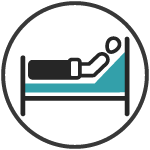
1. Before touching a patient
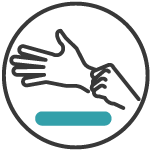
2. Before clean/aseptic procedure
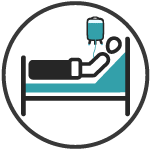
3. After exposure to a body fluid
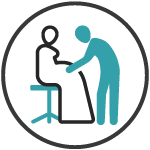
4. After touching a patient
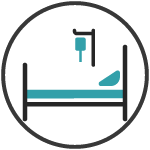
5. After touching the patient's surroundings
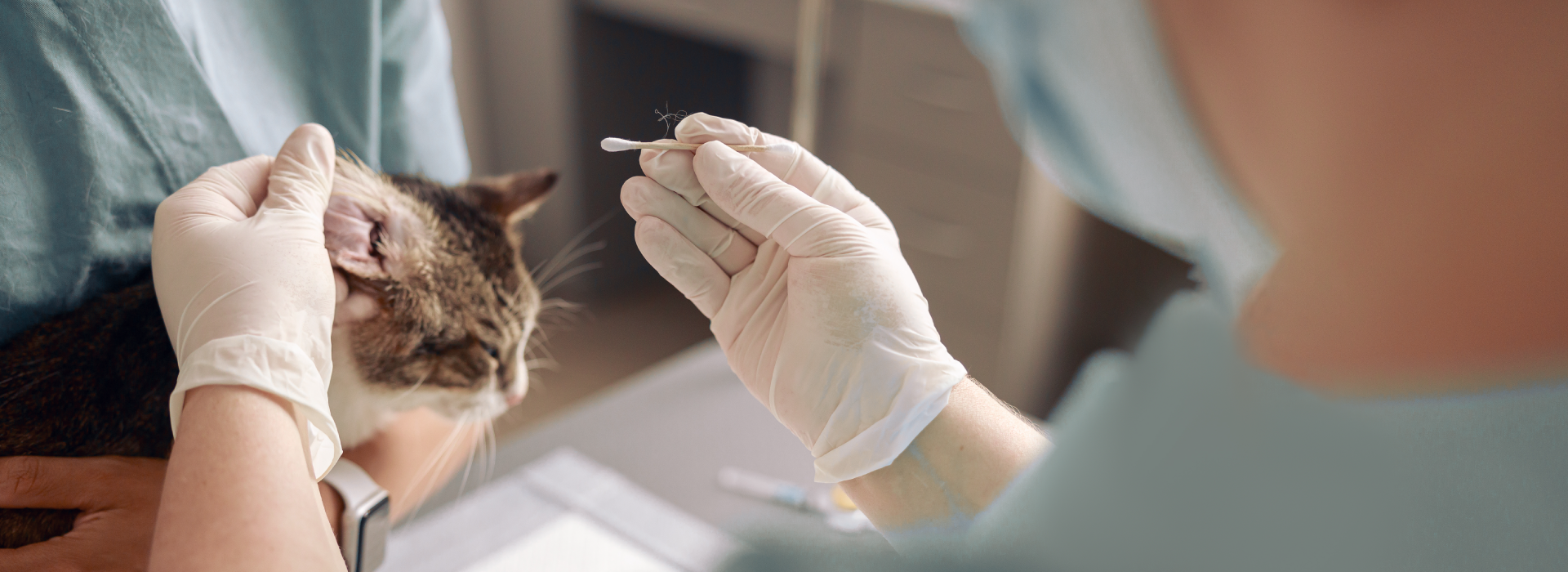
PPE
- Gloves to be worn when handling patients, body fluids, wounds, infectious material, surgical skin preparation, and during surgical operations.
- Gloves to be changed when moving to a clean procedure from a dirty one on the same patient, when moving on to a new patient, and before touching surfaces and equipment to be handled by non-gloved staff.
- Gloves to be worn when carrying out cleaning procedures.
- Gloved to be taken off carefully to ensure minimal contact with the skin.
- Hand to be cleaned or sanitised after using gloves.
- Uniforms and PPE should only be worn in practice, staff should get changed in the morning and before leaving at the end of the day.
The Cleaning and Disinfecting Protocol
- The protocol should follow the three stages: removal of infectious material, cleaning, disinfecting.
- Cleaning protocols should be clearly visible throughout the practice as signage.
- All staff must be fully trained on cleaning protocols.
- Hygiene and sterilisation equipment must be in constant supply and readily available.
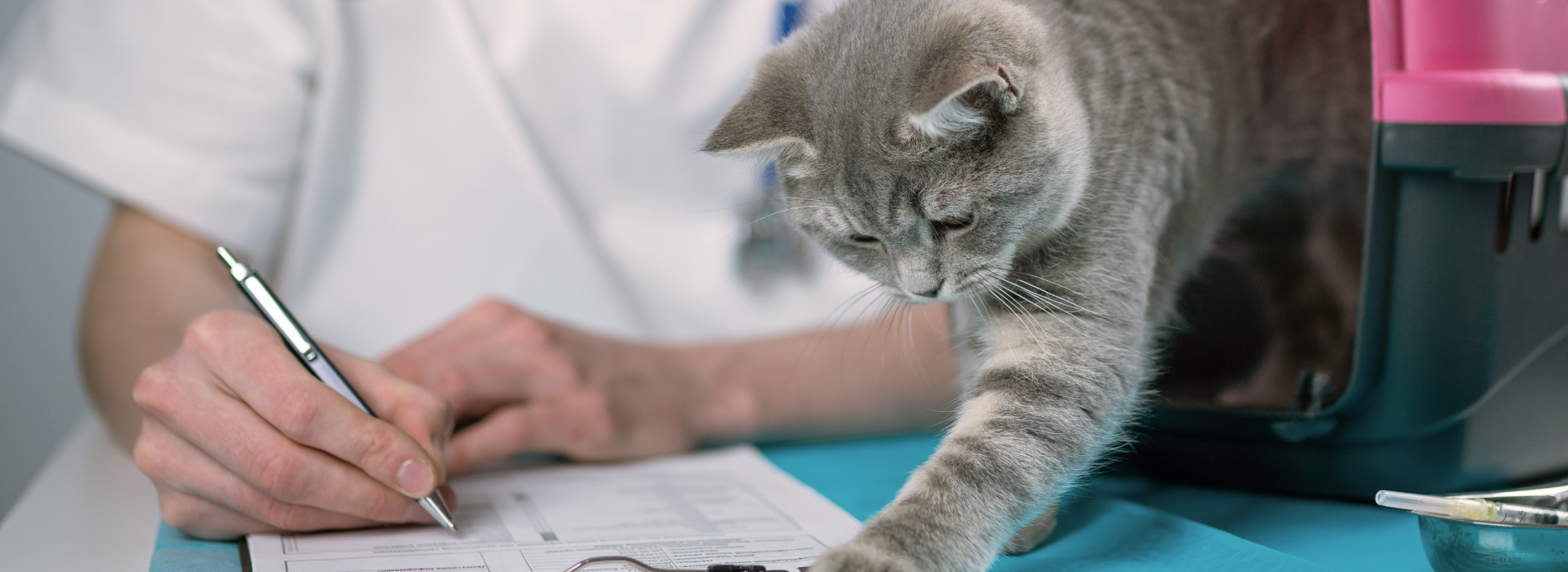
Clinical Audits
Self-administered clinical audits are a good way to make sure veterinary infection prevention and control procedures are being followed properly, and that cleaning protocols are effective. Taking regular environmental swabs, or checking areas with an Adenosine tri-phosphate monitor can offer ways to check for the presence of infectious material. Audits should be used to review the efficacy of cleaning protocols and techniques, and not to single out one person.
Visit our
Interactive First Aid Guide
Demystify workplace first aid & find out exactly what your business needs.
Please enter your details into the form below along with any questions or comments and a member of our team will be happy to provide you with more information:
